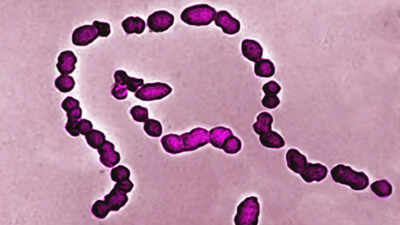Table of Contents
A decade-long study published in the Journal of the American Medical Association, which studied around 35 million Americans in 10 states, has found that group A streptococcus infections have more than doubled in the state since 2022.
Group A streptococcus (GAS), best known as strep throat, is caused by bacteria called Streptococcus pyogenes. Also known as invasive strep, this bug can lead to necrotizing fasciitis, a flesh-eating disease and a toxic syndrome, a sepsis-like infection that can trigger organ failure.
“Invasive GAS cases from January 1, 2013, through December 31, 2022, were identified through active surveillance for invasive bacterial pathogens in 10 US states, covering 34 ,991,238 persons,” researchers detailed of the data gathered from California, Colorado, Georgia, Maryland, Oregon, New York, New Mexico Tennessee, Connecticut and Minnesota. The disease’s prevalence has doubled from 3.6 per 100,000 people to 28.2 per 100,000 people.
Thus, based on the 10-state sample, researchers believe they’d find even more overall cases and fatalities if the study had been conducted nationwide.
Who is more prone to be affected by GAS?

Image credits: iStock
Analysing the numbers, the scientists found that there was a sharp increase in cases in people who already had a medical condition, thus making them more vulnerable to skin infections, including those who had diabetes and obesity. There was also an increase among people who inject drugs and amongst people who are homeless, the infections rose almost tenfold.
What is invasive strep?
Invasive strep is a severely contagious disease that occurs when the bacteria Streptococcus pyogenes enters the body into the blood, lungs or deep tissues. It spreads through airborne droplets of an infected person when they cough, sneeze or talk. You can also catch it by touching surfaces such as doorknobs and elevator buttons and then touching your mouth or nose.
What are the symptoms of invasive strep?

Image credits: Getty Images
Early symptoms of the disease include fever, severe pain, swelling, redness, dizziness, low blood pressure and abdominal pain.
How to prevent invasive strep?
One of the most important methods of preventing invasive strep disease is to keep your hands clean. Wash them after touching common surfaces, before and after cooking and more. Additionally, if you develop any of the above symptoms, make sure to consult a physician as soon as possible.


